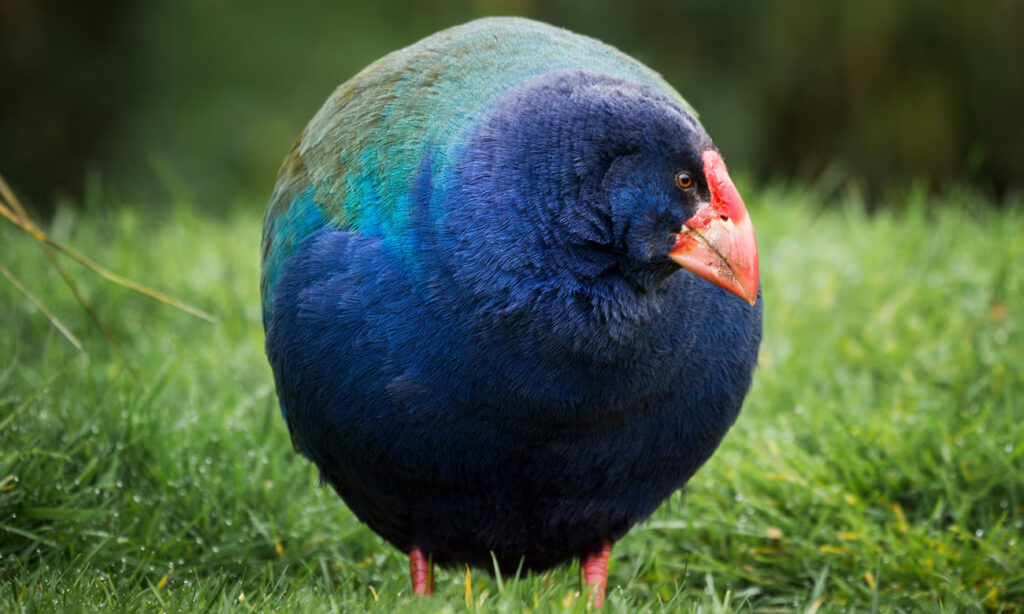In a breathtaking spectacle last week, the alpine slopes of New Zealand’s South Island witnessed a majestic comeback—a homecoming for the takahē, a magnificent, flightless bird thought lost to time. Eighteen of these avian treasures soared back to a terrain they hadn’t graced in nearly a century, an event celebrated by Ngāi Tahu, custodians of the land, as a poignant reunion with their ancestral companions.
The takahē, distinctive to New Zealand’s landscape, evolved in a realm devoid of native land mammals. Standing tall at 50cm with an almost prehistoric allure, their spherical bodies adorned with blue-green plumage atop striking red legs evoke a surreal, otherworldly beauty.
For Tā Tipene O’Regan, an esteemed Ngāi Tahu elder, witnessing these vibrant birds sprint across tussock lands after a century’s hiatus is an indescribable marvel.
Yet, their resurgence was no simple feat. Once declared extinct in 1898 due to the ravages of European settlers’ animal companions, the takahē made a miraculous reappearance in 1948. Conservation efforts, including innovative methods like artificial incubation of eggs and hand-rearing chicks with red-beaked sock puppets, have contributed to their gradual resurgence.
The Department of Conservation (DOC) orchestrated a meticulous campaign to eliminate threats, tirelessly combating stoats, ferrets, and feral cats to safeguard the takahē.
With their population now nearing 500 and growing at a remarkable pace, the DOC remains dedicated to establishing new wild colonies, acknowledging the trials inherent in this endeavor.
This triumph echoes New Zealand’s larger commitment to preserving its distinct avian legacy. The nation’s ambitious initiative to rid itself of introduced predators by 2050 is in full swing. Beyond sanctuary confines, rare species like the kiwi are finding their way back into the wild, symbolizing an unwavering dedication to nurturing and protecting the country’s precious wildlife heritage.
